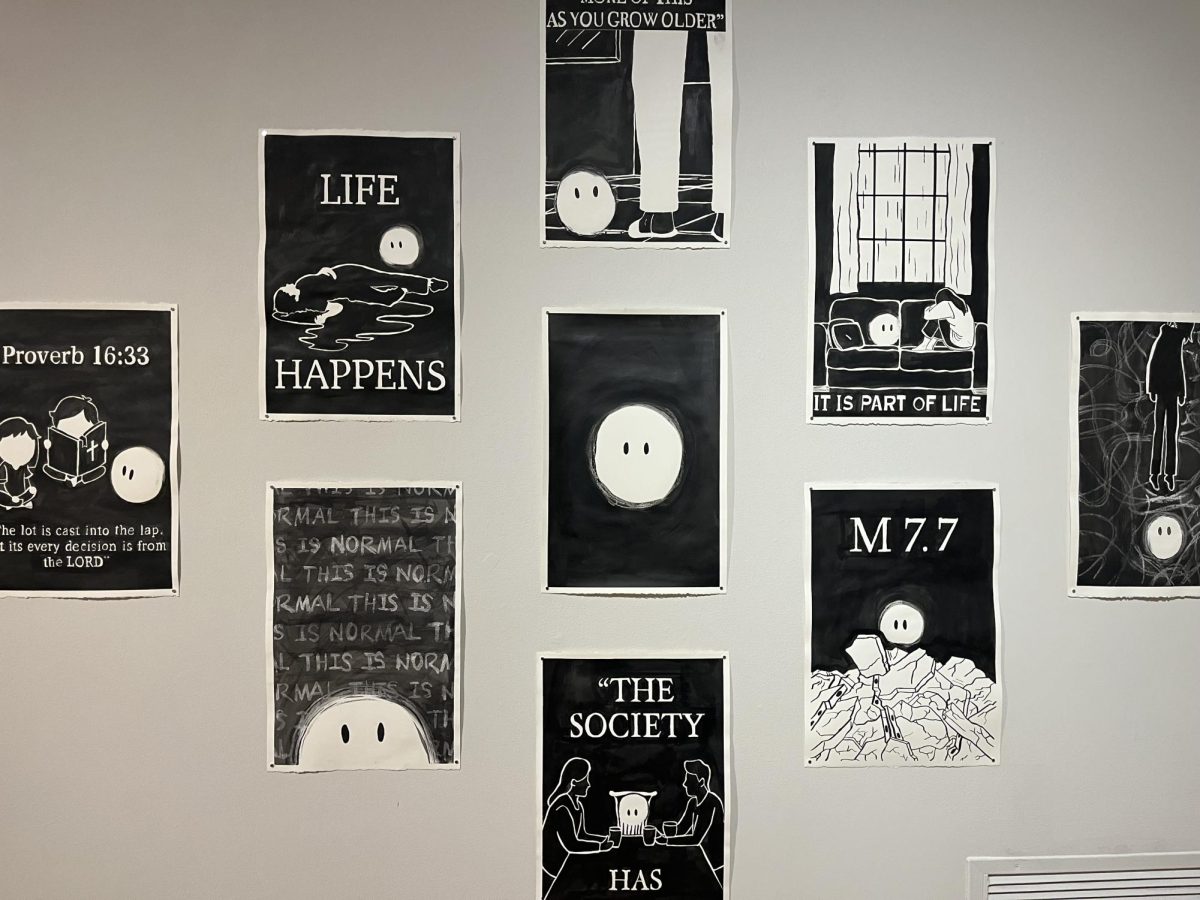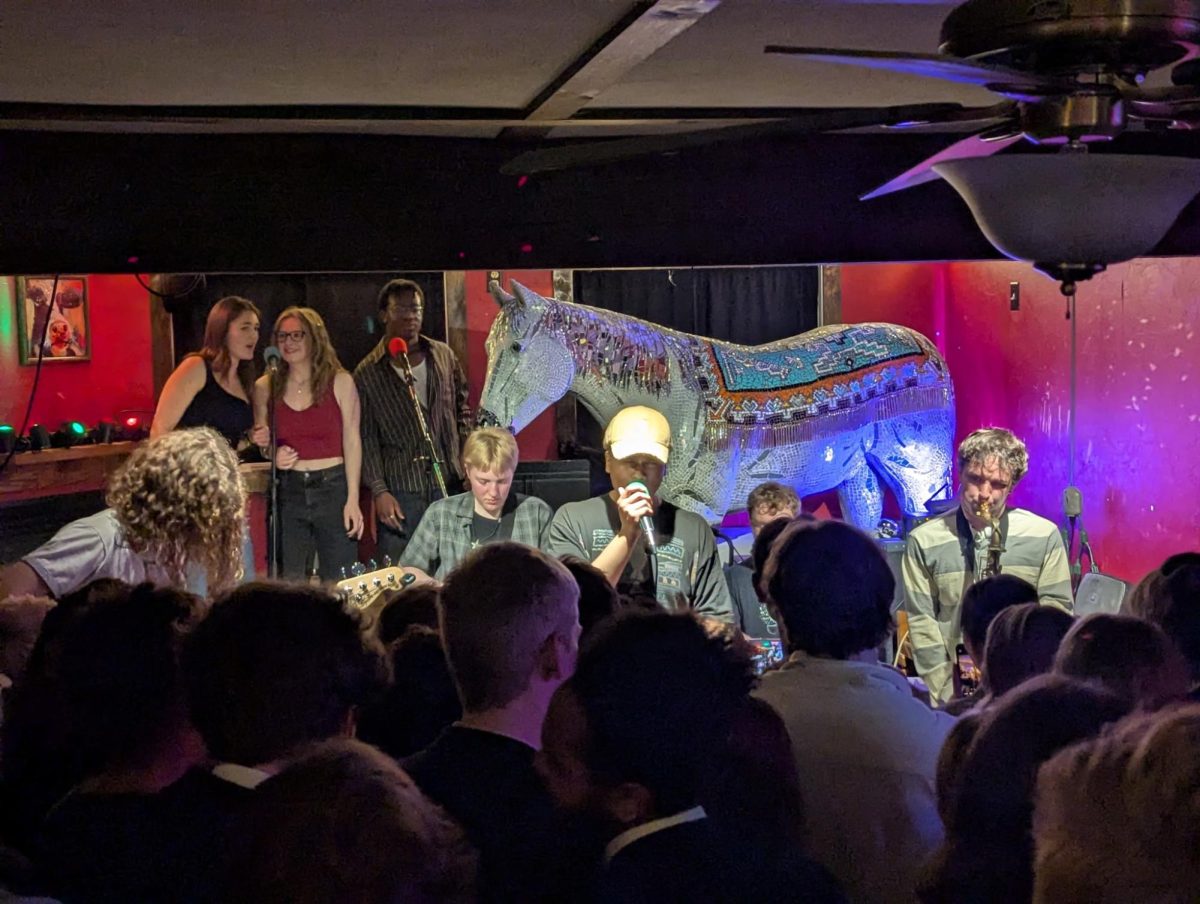Only “Last Chance to See” could make a chance encounter with a lemur a spiritual rapture.
The book follows comedy sci-fi author Douglas Adams (best known for “The Hitchhiker’s Guide to the Galaxy”) on a journey with zoologist Mark Cawardine across the world to see animals on the precipice of extinction. Through surreal interactions with international travel law, lost suitcases and brushes with the exceptionally venomous, Adams employs his acerbic silliness to draw you through the book at a remarkable clip. It is often difficult to elicit actual out-loud laughter in a book, but I struggled to retain composure while reading.
Adams’ talent for using witticism and clever metaphor expands smaller observations about life and the world into massive significance. For example, Adams takes the experience of watching a group of Komodo dragons brutally eating an entire goat as an opportunity for an amusing rumination on a capricious god creating coconuts for the sole purpose of taunting humanity with their inconvenience. More impressive than that, it works.
This skill is not used solely for comic observation. That same incident with the Komodo dragons leads Adams to ask why, for the purpose of conservation, he could not summon the courage to object to this endangered species—and an exceptional number of goats—being used as a grisly tourist attraction.
It is impossible for me to do justice on how world-shaking these moments of clarity are. Hitting you like a flash of lightning, the rare pause in reading leaves you in stunned contemplation with your mouth wide open.
The duo focuses on animals whose plight was mostly unknown at the time of the book’s publication in 1990. Adams and Cawardine did not visit tigers, instead finding gross lemurs and strange fruit bats; they wanted to draw an appreciation for the weird and wonderful, not just the familiar. This is the true secret to the power of the book, and the profound reverence for the strange and amazing things in this world delivers the reader a spiritual experience. “Last Chance to See” is not a simple argument for conservation; it is a personal journey that will change your relationship with nature itself.



